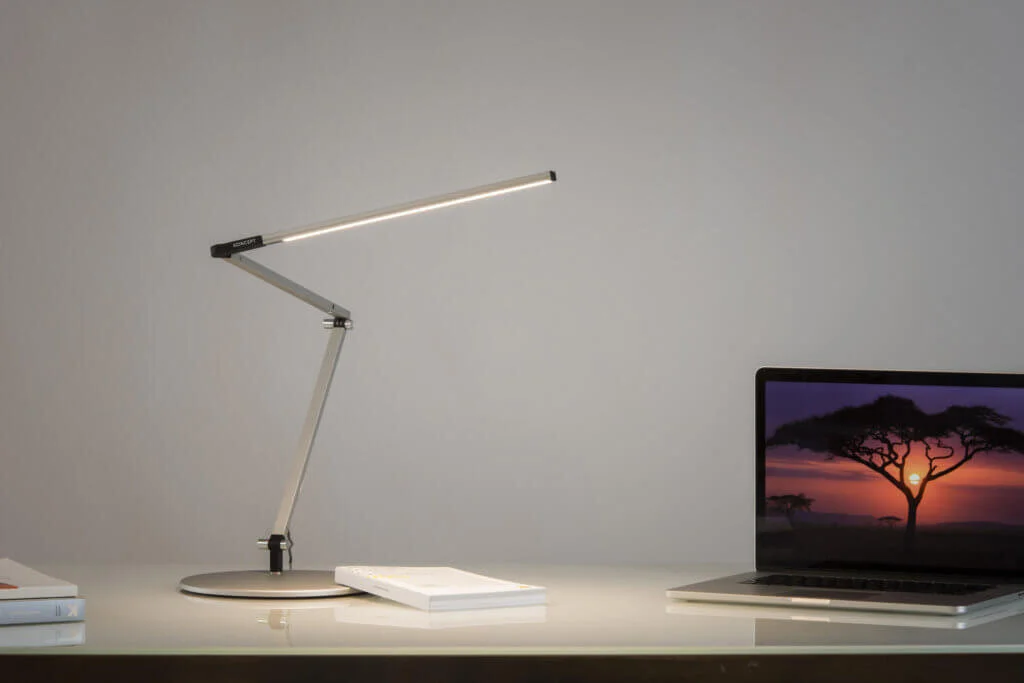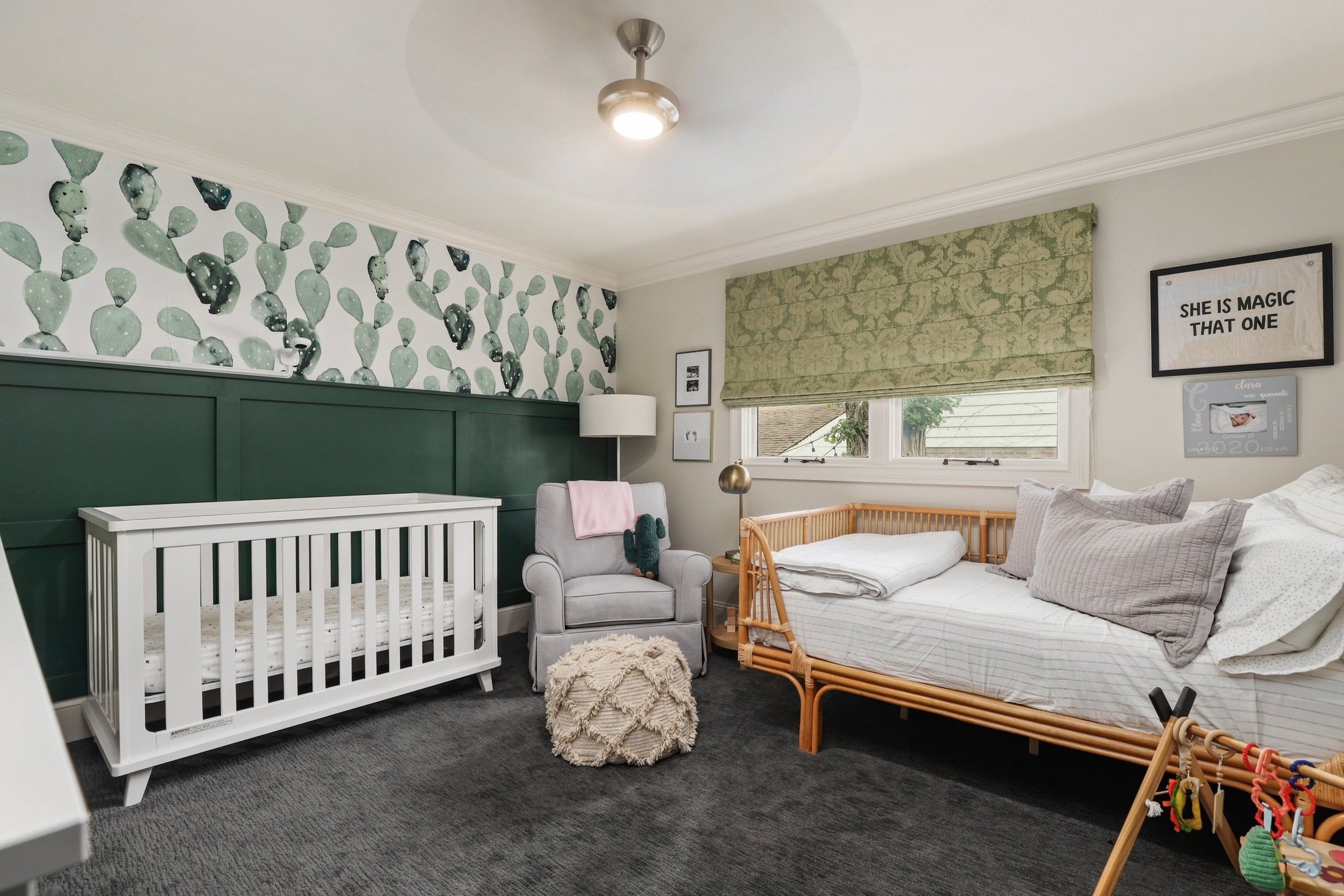Lighting: How it affects us both mentally & physically.
We have probably all experienced how lighting is used to “set the mood” – whether it’s creating a romantic ambiance, relaxing feel, or even a productive work atmosphere. Basically, we have used both artificial and natural light to influence our moods.
Recently, studies published in the journal Optics Express have found evidence that lighting supports students’ performance in class. Researchers have found that they can optimize lighting for different classroom activities from taking tests to reading or even high-intensity class activities.
Dr. Hyeon-Jeong Suk, an associate professor with the Korea Advanced Institute of Science and Technology, shared this with the Huffington Post:
Besides improving human performance, variable lighting CCTs (correlated color temperatures) also exert a great influence on both the physical and mental conditions of humans. However, such benefits of lighting have not yet been fully adopted in the educational environment.
On that note, let’s dive into designing a classroom with lighting in mind. Let’s take a look around. What kind of lighting is used in schools?
Having visited quite a number of schools, I’d say fluorescent tube light is most prominent. Research has shown that it is counterproductive to students’ learning. The blue light from fluorescent bulbs can trigger headaches making them a cause of stress. Also, the intense light waves cause hyperactivity and anxiety. Just like loud sounds, bright lights have been known to bother children with sensory sensitivities.
In fact, the light emitted by fluorescent tubes leads to poor learning performances if kiddos are exposed to it for a long time. A LOT of research is behind this!
So, what should we do to create more effective learning?
Need help with room design?
➡
Let's chat!
➡
Need help with room design? ➡ Let's chat! ➡
1. Use natural light
Nothing can beat the benefits of natural light when incorporated in a classroom. It provides positive psychological and physical benefits to both teachers and students. The health and concentration level of kiddos increase, too!
Why? Because in our hunter-gatherer era, that’s all we had. Our brains have become accustomed to working during daylight and sleeping or resting when the sun went down. That artificial light is not familiar to our brain biology; therefore, it’s a micro stressor to the brain.
Lighting goes beyond setting the mood, though. Better concentration creates room for improved academic performance. In return, students’ confidence increases keeping them more focused and feeling secure in their studies.
Additionally, artificial lighting makes it difficult for kiddos to contain their frustrations and control their emotions throughout the day. As teachers and parents, we have to teach them how to cope and regulate their emotions. Combine that with better lighting, and you’ll see a major difference in the classroom. Natural light provides kiddos with a conducive ambiance to calm down, as well.
Having a classroom with more windows or uncovered windows is a great way to incorporate natural lighting. If nothing else, try to supplement with warmer lights.
2. Use LED
While sunlight has numerous benefits, most of us have been forced by circumstances to spend most of our daytime in rooms or classes with no access to sunlight. Educators and parents alike should be interested in the best artificial light for optimized performance.
And that’s when LED lights come to save the day!
The best man-made light solution to natural light are LED lights. They have the same brightness as the fluorescent, but they produce a cooler temperature light (between 4100K – 5000K). Their greatest benefit is on student’s behavior.
It has a calming effect on students, helping them focus and concentrate more.
They don’t flicker, making them an awesome solution for special education classrooms.
They are eco-friendly. LED lights are replaced 80% fewer times than fluorescent, and the material used in manufacturing makes them environmentally friendly. Saves you from buying bulbs frequently. Saves the environment, too!
For more helpful information, check out this article on Tunable Lighting systems and how varying color temperatures impacted classrooms.
Is white or yellow light better for studying?
LED lights come in a broad range of color temperatures to cater to personal preferences.
Findings from research carried out on fourth-graders showed that cool-whitish light from LED produced heightened alertness and enhanced academic performance. The warm-yellow light made them more relaxed and helped them to perform better on independent work activities.
Lighting is such a fundamental part of the classroom as both teachers and students perform better and are more present for one another emotionally. Kiddos are more actively involved in class, boosting their morale and confidence which ultimately improves their learning. Increased learning leads to better performance and brighter futures.
Also, let’s not forget to encourage parents to have LED desk lights at home as kiddos do their homework. It gives them more focus and concentration.
Let the lights get darker as they brush their teeth to help them easily fall asleep. The darker it gets, the more relaxed our bodies are as we associate darkness with sleep. We can thank our natural rhythms for that.
There you have it...lighting and the brain! If you’ve explored other lighting possibilities, let us know in the comments below.
Questions? Need help? Reach out!
Email: hello@thebehaviorhub.com
Social media: @thebehaviorhub
Online school
Schedule a discovery call








